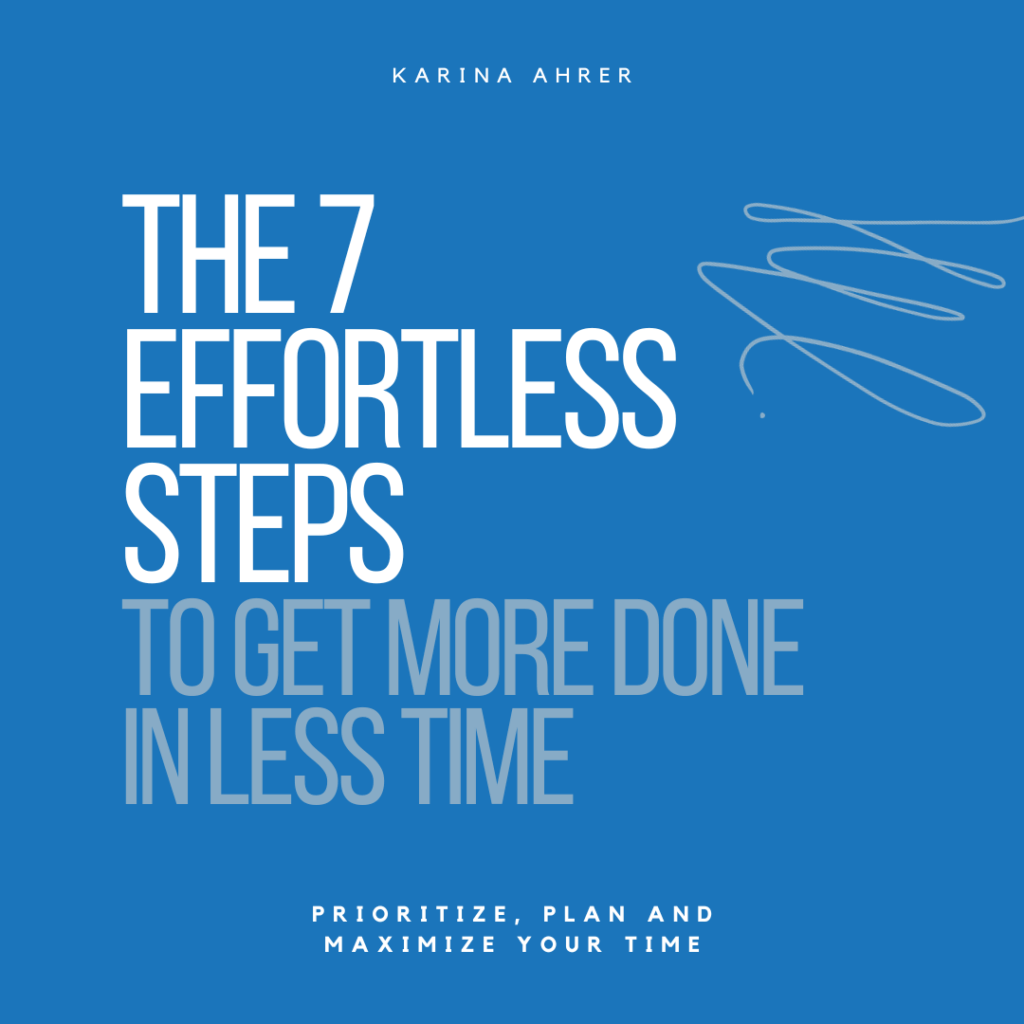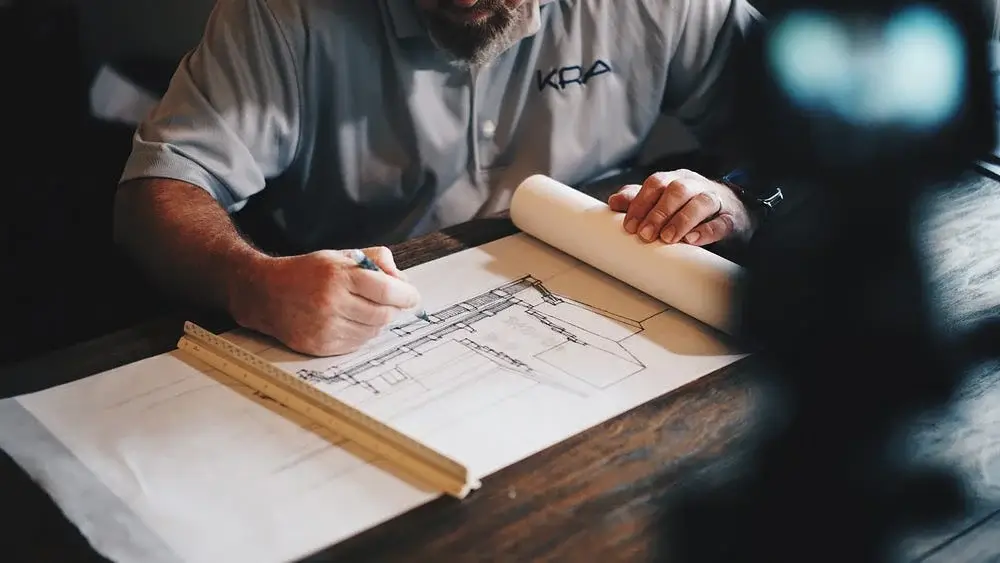Architecture teaches me how to not move forward
What is the first thing architecture students learn at university? How to draw. With our hands.
The building industry is stuck in the 20th century. My bosses are still designing buildings in 2D.
Isn’t a building 3D you might think? Yes!
But designing buildings is not the main thing that architects do:
90% is drawing plans for the authorities, which are 2D.
The building industry is stuck in the past.
Changes are slow.
The digital transformation hasn’t reached the construction site yet.
The technology is improving but doesn’t include digital tools.
I’m working in a small architecture office as a 3D modeler, and my bosses (both around 60 years old) don’t understand it.
They don’t know how to use the program; hence, they don’t know how to do things or how long it takes.
The only reason we plan in 3D is because the client requested it.
They recruited some young students or recent graduates to do the modeling for them.
It’s tense.
After a while, there’s been a lot of tension because they don’t get why we need some more time for those tools at the beginning to set them up, and we don’t get their way of making plans.
After spending a lot of time in courses to learn 3D modeling and having discussions with architects and students, here are the 6 reasons why the building industry doesn’t move forward:
(I will write about the situation in Austria in Europe, and it could differ from other countries.)
The authorities want 2D plans
Changes are really slow. Bureaucracy is a thing here too. They have specific requirements for what they want to see if you build a house.
2D plans of:
- all the floors
- sections
- elevations
- site plan
The only thing they managed to digitalize is that you can now upload the plans as PDFs online.
But the authorities told us that the tool is not working properly and it’s better to have it printed out.
I know that some countries in Scandinavia can already submit the 3D model of the building, and I think it’s a great idea.
The translation of the 3D model into 2D plans takes a lot of time.
Even though we have to do what they say, I will always support digitalization, use the latest software, and improve.
I hope that the bureaucracy improves by getting a new generation of people into authorizing buildings, as many employees retire in the next few years.
The 3D modeling programs are not 100% approved and they compete with each other
There are already some great 3D modeling architecture programs, and they can do a lot.
Programming such a tool is hard because 3D modeling is complicated, and in architecture, we go from simple cubes to 1:10 details and layers of walls, ceilings, and roofs.
And just like in every industry, big companies compete with each other, which is a good thing in some way.
But architects are not planning alone.
There are usually other companies involved in structural engineering, building systems, and electricity.
And every one of those has a different program they use. The goal is to combine the models into one.
Slowly, the programs are implementing the BIM standard and the possibility of exchanging the models via IFC.
I guess it will take another 10 years to be able to use it properly, and then another 10 or 20 years for architects to use it.
Rules and standards are different in every country
Austria is tiny, has 9 federal states, and has 9 different building regulations. That’s crazy.
They are trying to standardize them for whole Austria, but it’s not working 100%.
Every country in Europe has different building regulations based on their history. Big cities like Berlin and Paris had big fires, so they have stricter fire regulations now.
Take a look at the different widths of streets in cities: they are like that because of regulations a few hundred years ago.
The Scandinavian countries have stricter regulations for insulation because their climate is colder.
We cannot standardize building regulations for the whole world because there are so many differences in climate, buildings, and traditions.
It makes it harder to digitalize.
There needs to be a lot of fundamental changes happening to digitalize and standardize those regulations, as they are based on the history and traditions of the country.
The question to ask is: do we want to standardize the whole world?
The buildings will look the same everywhere.
As an architect, I wouldn’t want to lose the diversity of architecture in different countries. It’s what makes every country unique and beautiful.
Most of the architects are from the Boomer generation
Just like in every company: the boomer generation is still in charge, and they are the bosses of architecture offices too.
They learned to draw 2D by hand, and maybe during their professional career, they changed to drawing on the computer.
Their retirement is almost here, so they are not going to change now to drawing in 3D. They just wait to retire.
Or, just like my bosses did: they employed some students to draw 3D for them.
But that’s a huge problem in itself: they don’t get that drawing 3D needs a lot of time at the beginning of establishing the project, and converting it into 2D plans is not 100% smooth yet.
If the boss decides to switch to drawing in 3D, then they need to change their way of thinking too.
They need to listen to the younger generation: they learned it at university, and they understand the technology.
Just like any company that is going through a digitalization change: you have to think differently; otherwise, nothing improves.
Proper 3D drawing is complicated
Every change is hard, and learning a new program is too.
Proper 3D modeling programs are complicated, especially if you want to draw something extraordinary. Additionally, sharing a model with other planners is complicated because they work in different programs.
And because it’s complicated and rather new, the university can’t go in-depth into new programs.
Just like every invention or digital tool: it needs time to gain enough knowledge to be taught at universities or schools.
I hope that new digital tools like AI get implemented faster in the future, as there is a lot of potential here.
But because in Austria most of the architecture offices are 1-person businesses, change is hard to implement as they don’t have the money or time to put into new tools.
Construction site workers are using 2D plans
New tools are being developed to introduce 3D on the construction site, but workers are used to building with their hands. They don’t have the knowledge to use 3D models or VR.
The boss has to introduce new tools and send his workers to courses where they learn them.
Just like in every team, there are communication problems at a building site. Here it’s more problematic because the architect is drawing 2D plans, and then the workers have to make a 3D building from it.
(there are a lot of funny pictures and videos online of buildings failing because of misunderstood plans.)
So giving the workers a 3D model would be a big step toward fewer misunderstandings.
2D plans only exist because somehow you had to have it on paper for the authorities.
Now, with the invention of 3D model programs, you could skip the 2D plan part entirely.
Unfortunately, it’s not so easy to just remove a big part of architectural history.
Conclusion
Change is hard and slow, but you can feel the digital transformation already.
The whole industry is so complicated and old that it’s hard to change.
I’ve seen the possibilities in the last few years of planning in 3D, and I see a positive future.
The exchange of models with other programs is getting good, and the companies are open to 3D modeling because it is more understandable than plans.
- less translating mistakes
- more accurately
- faster to make
But like always, it’s hard to change a whole industry.
Get My Strategies For More Productivity
Get your free copy of my 7 tips

Get daily insights, motivation, and inspiration:
If you are as addicted as I am to reading books, then check out my list of favorite books!

